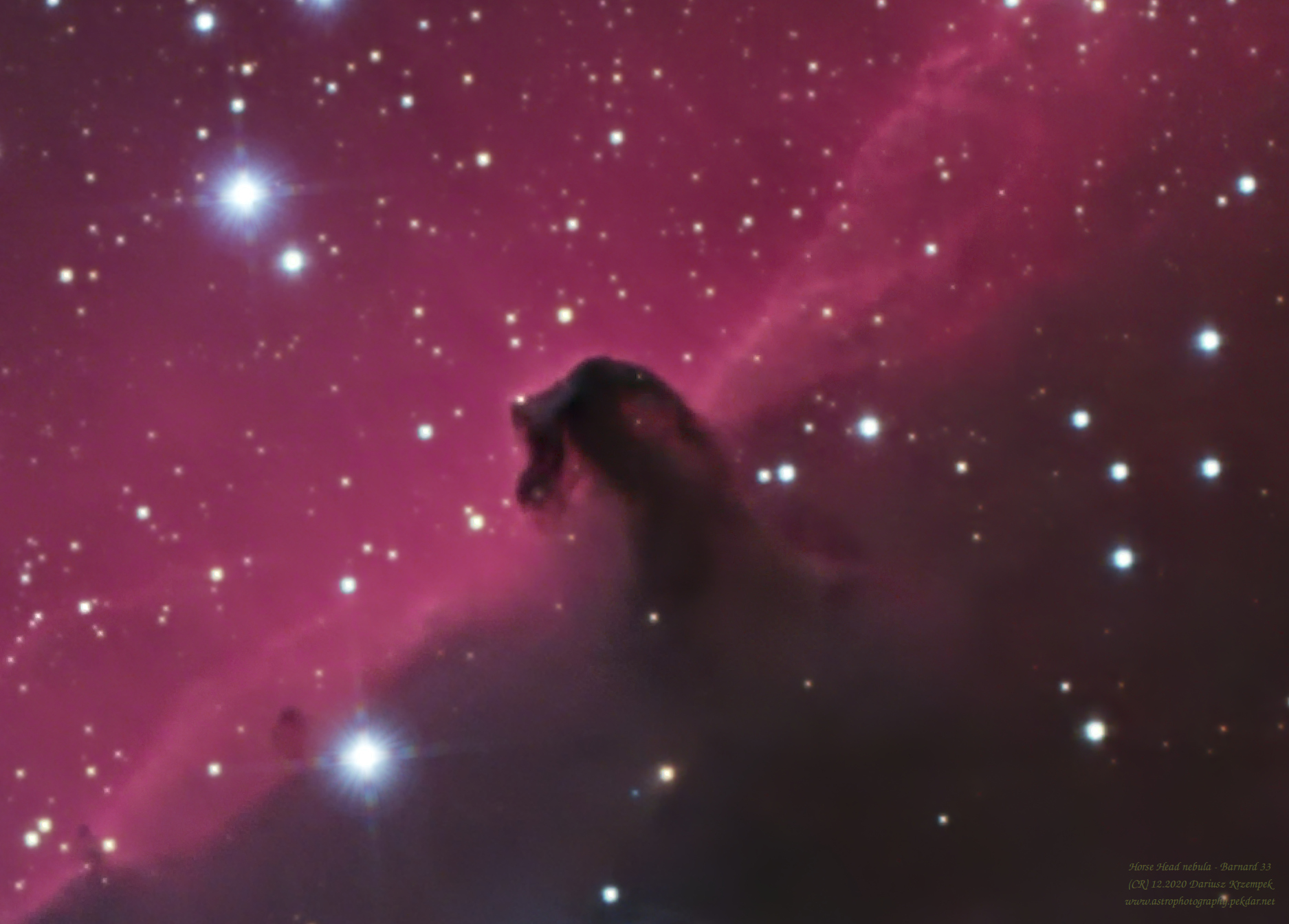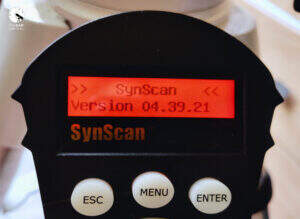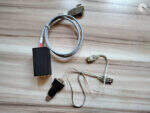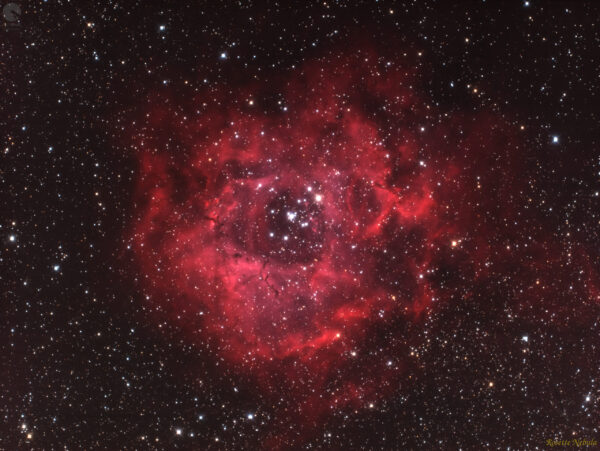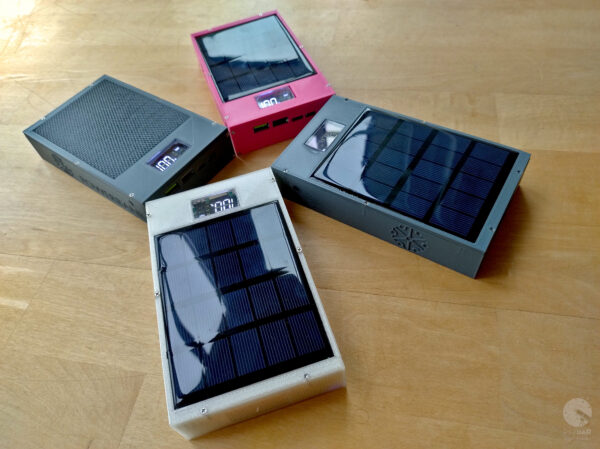During processing collected light frames, In my head came up the idea, to present the new photos in a slightly different way. The genesis of the idea is that I worked very long and intensively, to save the collected light frames from delete due to problem with very noisy background. This problem came from a lack of knowledge and lack of experience with working with my CMOS camera. I couldn’t bear the thought that all my laboriously taken light frames, could be lost.
I have been digging through the available Internet resources, in the languages I know and I have not found a solution, that would satisfy me to solve my problem with very noisy background. After countless hours of intensive work in front of the computer, I developed my own method of subtracting background noise. I’ve performed tests with several frames and surprised me very positively. The method is not perfect, but it is quite simple in itself and the results are so good that I decided to present the processed images, in a slightly different way, than most of my respectable astrophotographers I know. Below, a fragment of a larger frame that opens the topic.
I have been digging through the available Internet resources, in the languages I know and I have not found a solution, that would satisfy me to solve my problem with very noisy background. After countless hours of intensive work in front of the computer, I developed my own method of subtracting background noise. I’ve performed tests with several frames and surprised me very positively. The method is not perfect, but it is quite simple in itself and the results are so good that I decided to present the processed images, in a slightly different way, than most of my respectable astrophotographers I know. Below, a fragment of a larger frame that opens the topic.
A small dark nebula in the Orion constellation. It looks like a horse’s head. The nebula is located just below the star Alnitak, the easternmost placed star in the Orion Belt and it is part of the much larger Orion Molecular Cloud Complex. More specifically, the nebula itself it is located in the southern region of a dense dust cloud known as Lynds 1630, along the edge of a much larger H II active star-forming region known as IC 434. The distance from Earth is 1,375 ly.
B33 – Horsehead Nebula – crop from bigger frame
Source: https://en.wikipedia.org/wiki/Horsehead_Nebula
Technical information
- Composition: APP
- Processing: APP + RT + GIMP + add-ons (Linux),
- Lights: 170 x 60[s] (2h 50min.)
- Calibration frames: Flats, Bias, Darks

